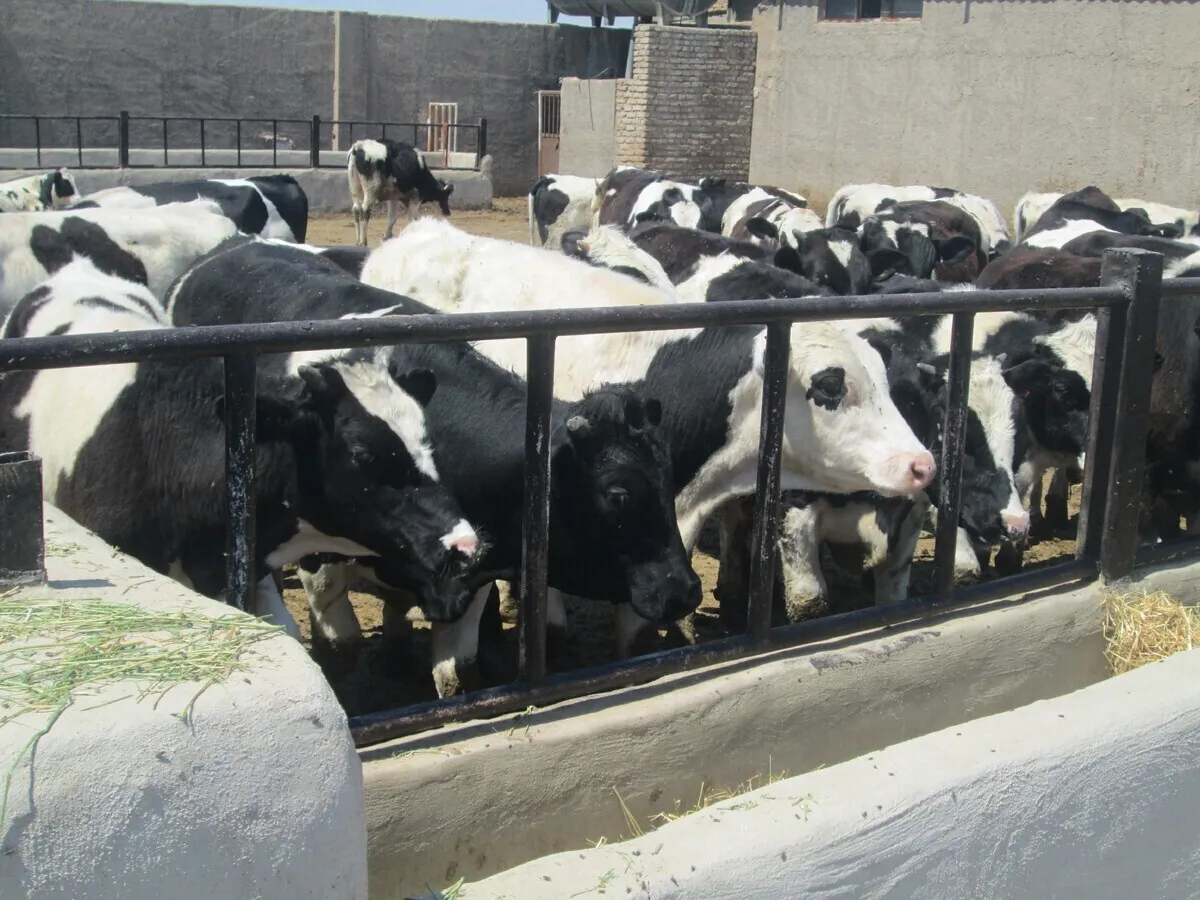Iranian Company Converts Agricultural Waste into Animal Feed

“This product has been produced for the first time in Iran from agricultural waste and animal inputs,” Akbar Taqizadeh, the managing director of the company and a professor of Animal Nutrition at the University of Tabriz, told ANA.
“The fermented animal feed product is capable of competing with complete animal feed and has 16 percent crude protein, one and a half megacalories per kilogram of dry matter and specific energy for lactation, 95 percent calcium and 46 percent phosphorus,” he added.
“To produce one kilogram of alfalfa, we need 600 liters of water, and in the fermented feed that we have synthesized, one kilogram of animal feed requires 3,500 liters of water which is negligible compared to the water used for alfalfa,” Taqizadeh said.
Fermenting forages is very beneficial to cattle nutrition and production. When forage is fermented it causes a breakdown of forage material, making it easier for animals to digest. Since the fermented forage is easier to digest, the bodies can digest forage quicker and releases more energy for the animal.
In a relevant development last year, a knowledge-based firm in Iran had also produced a new animal feed supplement using nanotechnology to tackle shortages faced by herders and poultry farmers.
According to the Iran Nanotechnology Innovation Council (INIC), one of the knowledge-based companies in Iran had produced third-generation animal feed supplements, which, not only has high absorption rate but also the risks of sensitivity to temperature and humidity has been eliminated.
Fatemeh Sakatchi, the managing director of the knowledge-based company, noted that 60% of the costs of livestock and poultry companies are related to feeding, adding, “By developing a nano product, we have offered an animal feed supplement that not only downs animal feed costs, but also has higher effectiveness and absorption rate compared to ordinary supplements.”
“We are the third generation producer of mineral supplements for animal feed, which we produced with nano technology. The use of supplements is currently a necessity in the [farming] industry while prior to this, the first and second generations supplements had been offered [to the market],”she added.
Stating that in the first generation of animal supplements, mineral compounds were extracted from mines and were utilized, she added, “These supplements had low absorption rate and high contamination potential, and to tackle this challenge, chelating agents were used in the second generation, which increased the absorption rate of supplements, but still there was absorption interruption and sensitivity to temperature and humidity as problematic factors.”
“After 10 years of research and development, an American-Dutch company produced the third generation of supplements and exported them to more than 90 countries, and based on that, we developed the third generation of animal feed mineral supplements,” she went on to say.
4155/v





















